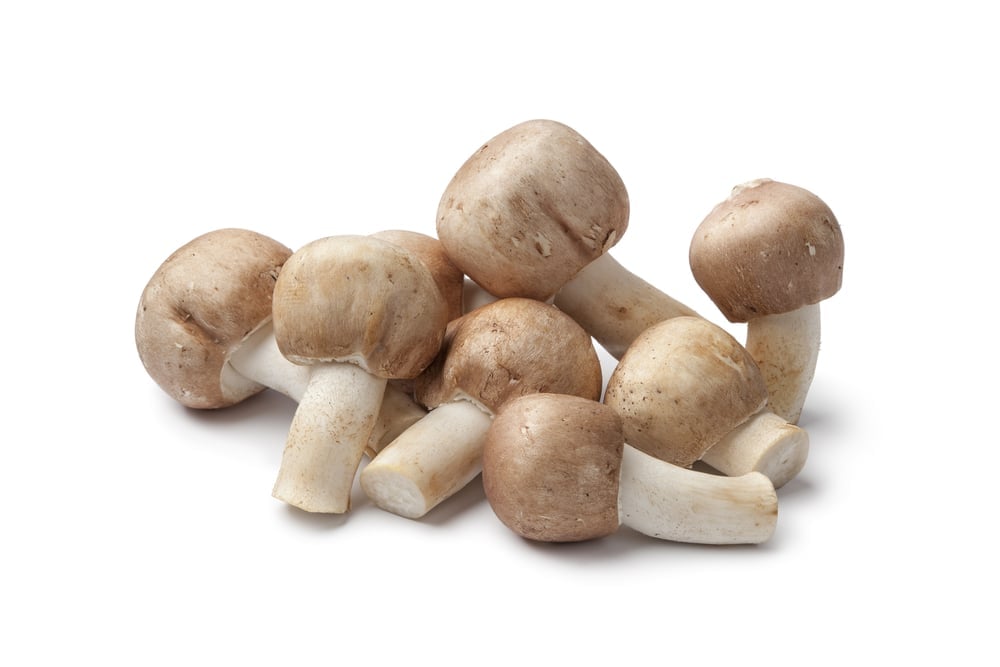
Agaricus subrufescens cultivation is gaining popularity among mushroom growers and enthusiasts due to its unique almond taste, medicinal properties, and ease of growth. Also known as almond agaricus or almond mushroom, this species offers both culinary delight and therapeutic benefits, making it a valuable addition to any mushroom cultivation endeavor.
In this article, we will explore the essential aspects of agaricus subrufescens cultivation, including its origin, substrate preferences, cultivation conditions, and health benefits. Whether you are a beginner or an experienced cultivator, this guide will provide you with comprehensive information to achieve fruiting success with this remarkable mushroom species.
Origin and Taxonomy of Agaricus Subrufescens Peck
Agaricus subrufescens Peck, often referred to as the almond agaricus or royal sun agaricus, is a medicinal mushroom species native to North and South America but now cultivated worldwide. Originally discovered in the late 19th century, it has been known by several synonyms including agaricus blazei and agaricus brasiliensis wasser. Its almond-like aroma and flavor have made it a popular choice among mushroom cultivators and health food enthusiasts alike.
Substrate Preferences: Compost Bed and Decomposed Plant Matter
Successful agaricus subrufescens cultivation relies heavily on the choice of substrate. This mushroom thrives on finished compost beds made from decomposed plant matter such as wheat straw and chicken manure. The compost mixed with these materials should be well-finished and moist, providing a nutrient-rich environment for the mycelium to grow. The squeeze test is often used to assess compost moisture—when squeezed, only a few drops of water should emerge, indicating optimal hydration.
Preparing the Almond Bed: Spawn Run and Mycelium Growth
To start cultivation, growers lay a bed of finished compost mixed with spawn in a grid pattern, typically covering about one square foot per spawn packet. The mycelium grows through this almond bed during the spawn run phase, colonizing the substrate fully. Maintaining high humidity and relative humidity in the growing environment is crucial during this stage to encourage rapid colonization and healthy white mycelium development.
The Importance of the Casing Layer and Peat Moss
Once the mycelium has fully colonized the compost bed, a casing layer is applied. This thin layer, often made of peat moss combined with hydrated lime to stabilize pH, protects the compost from drying out and helps induce fruiting bodies. The casing layer also maintains high humidity and facilitates proper gas exchange, which are vital for fruiting success.
Fruiting Stage: From Pinning to First Flush
During the fruiting stage, environmental conditions such as temperature, humidity, and fresh air exchange are carefully managed to promote pinning—the initial formation of mushroom primordia. Agaricus subrufescens typically fruits in multiple flushes, with the first flush often yielding the highest quantity and quality of mushrooms. Monitoring and maintaining optimal relative humidity and temperature throughout the fruiting stage are key to maximizing yield.
Nutritional Value and Medicinal Benefits
The almond agaricus mushroom is prized not only for its unique almond taste but also for its impressive chemical composition. The total dry matter consists largely of crude protein and valuable minerals such as potassium, calcium, and magnesium. This medicinal mushroom contains bioactive compounds including immunomodulating bioactive compounds and polysaccharides that contribute to its therapeutic effects. Scientific studies have demonstrated its potential anti-cancer effects, immune response enhancement, and other pharmaceutical activities, making it a sought-after alternative medicine and health food.
Companion Plants and Growing Environment
Agaricus subrufescens cultivation can be enhanced by companion planting. Growing mushrooms alongside leafy vegetables such as chard, lettuce, zucchini, or tomatoes in garden beds or high tunnels can create a microenvironment with high humidity and shade, beneficial for mushroom growth. These companion plants also help maintain soil moisture and contribute to a balanced ecosystem within the cultivation area.
Commercial Cultivation and International Markets
With increasing demand for this medicinal mushroom, commercial agaricus subrufescens cultivation has expanded in international markets. Brazil remains a leading producer, exporting fresh, dried, and processed forms of the mushroom globally. Advances in cultivation techniques, including optimized compost preparation, casing layer application, and environmental controls, have improved yields and fruiting success, making agaricus subrufescens a viable crop for growers worldwide.
Conclusion
Agaricus subrufescens cultivation offers an exciting opportunity for mushroom growers interested in combining culinary delight with medicinal benefits. By understanding its origin, substrate needs, cultivation conditions, and health-promoting properties, cultivators can achieve successful fruiting and contribute to the growing market for this valuable mushroom species. Whether grown in garden compost beds or controlled environments such as high tunnels, the almond agaricus continues to captivate growers and consumers alike with its unique qualities and therapeutic potential.
Masterful Display
Each and everyone of our products are deeply considered, labored over, and improved upon time and time again. We invite you to experience the difference of our carefully crafted small batches of herbal support items. Whether it be our tea line, produced for a delightful experience, or our tincture blends and extracts, we have what you need.

